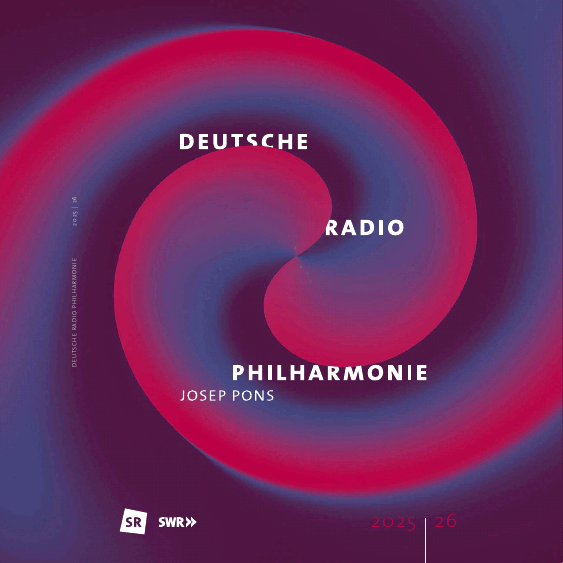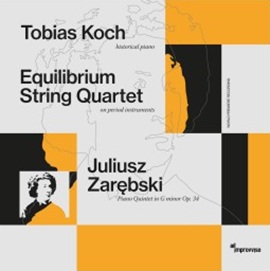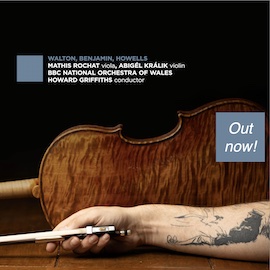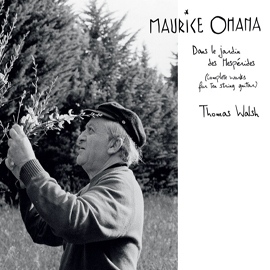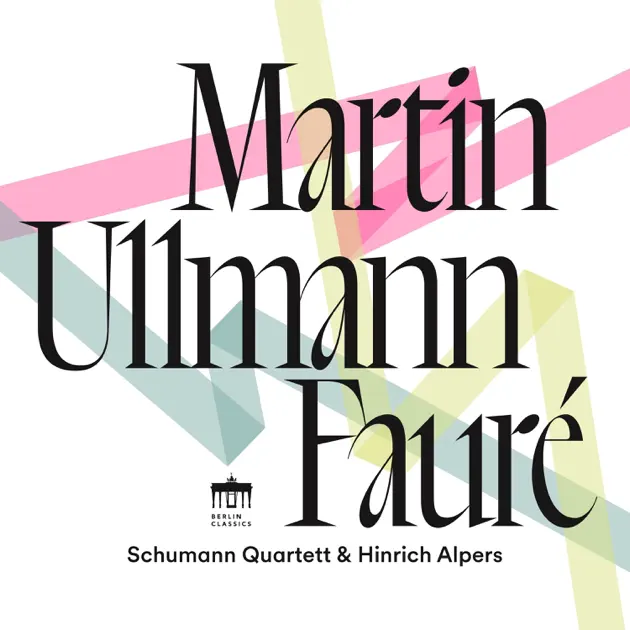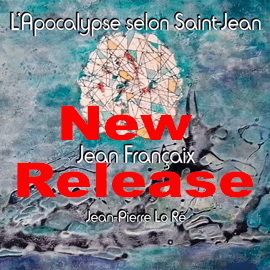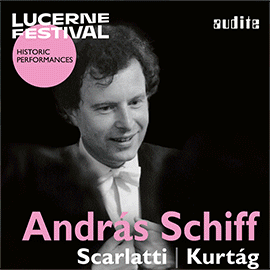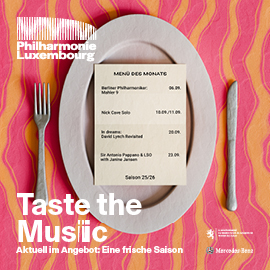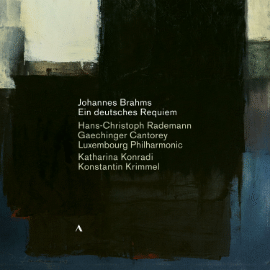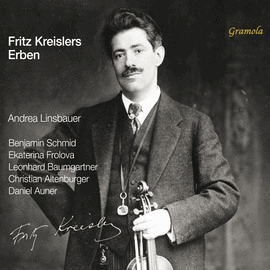Das Schumann Quartett stellt das 3. Streichquartett von Viktor Ullmann sowie um den Pianisten Hinrich Alpers erweitert Quintette von Frank Martin und das erste von Gabriel Fauré und damit Werke aus der ersten Hälfte des letzten Jahrhunderts vor. Die Stücke bieten aus unterschiedlichen Entstehungskontexten heraus viel gestalterischen Raum.
Frank Martin schuf sein Quintett in einer Phase, in der er sich von der spätromantischen Sicht löste und eine modale diatonische Ausdrucksweise anstrebte. Der vom Cellosolo geprägte Beginn in Begleitung der anderen Streicher prägt den Satz, da das Klavier kaum und dann farblich hervortritt. Im zweiten Satz lassen die Musiker den Einfluss Ravels durchschimmern. Den langsamen dritten Satz beschwören die Interpreten in introvertierter und melancholischer Weise. Die Nähe zum Arioso aus der Matthäus Passion von Bach ‘Ach Golgatha, …’ wird nicht mit herzzerreißender, geheimnisvoller Qual gezeigt, sondern die Trauer wird zur reinen Erinnerung. Eine zentrale Passage lassen die Streicher sogar in brillant leuchtenden Farben schweben. Die abschließende Fuge in beinahe losgelöster Volksmusikmanier zeigen die Musiker mit aller spieltechnischer und interpretatorischer Raffinesse.
In dem im Ghetto Theresienstadt in einem monumentalen Satz geschriebenen 3. Quartett von Viktor Ullmann entfalten die Mitglieder des Schumann Quartetts die im angedeuteten Sonatensatz gefügte unorthodoxe Zwölftonreihe in hochemotionaler Deutung, die die strenge Form und moderne Sprache hintanstellt.
Das Quintett von Fauré zeigen die fünf Musiker als Werk künstlerischer Reife, bei dem der Komponist sich als Musiker der Wende und der Verführung positionierte und nicht den radikalen Bruch suchte. Mit dem Quintett angemessenen intensiven Einsatz prägen sie die Musik mit hingebungsvoller Ausdrucksentfaltung und hoher sanglicher Tongestaltung.
Steht die kammermusikalische Geschlossenheit und die Finesse des vereinten Musizierens im Quartett außer Frage, so ergibt das Hinzutreten von Hinrich Alpers eine qualitative Ergänzung um die pianistische Komponente ohne Bruch in der gemeinsamen Darstellung.
The Schumann Quartet presents Viktor Ullmann’s String Quartet No. 3, as well as quintets by Frank Martin and Gabriel Fauré, joined by pianist Hinrich Alpers, thus showcasing works from the first half of the last century. The pieces offer a great deal of creative freedom, despite their different contexts of origin.
Frank Martin composed his quintet during a period in which he was moving away from the late Romantic style and striving for a modal diatonic mode of expression. The movement is characterized by the cello solo at the beginning, accompanied by the other strings, as the piano is barely audible and then stands out in terms of color. In the second movement, the musicians allow Ravel’s influence to shine through. The performers evoke the slow third movement in an introverted and melancholic manner. The proximity to the arioso from Bach’s St. Matthew Passion, ‘Ach Golgatha, …’ is not shown with heart-rending, mysterious torment, but rather the grief becomes a pure memory. The strings even allow a central passage to float in brilliantly luminous colors. The musicians perform the concluding fugue in an almost detached folk music style with all their technical and interpretative sophistication.
In Viktor Ullmann’s Third Quartet, written in the Theresienstadt ghetto in a monumental movement, the members of the Schumann Quartet unfold the unorthodox twelve-tone row embedded in the implied sonata movement in a highly emotional interpretation that takes precedence over strict form and modern language.
The five musicians present Fauré’s Quintet as a work of artistic maturity, in which the composer positioned himself as a musician of transition and seduction rather than seeking radical rupture. With an intensity appropriate to the quintet, they shape the music with devoted expressiveness and highly melodious tone.
While the chamber music unity and finesse of the quartet’s combined playing is beyond question, the addition of Hinrich Alpers provides a qualitative complement to the pianistic component without any break in the joint performance.



